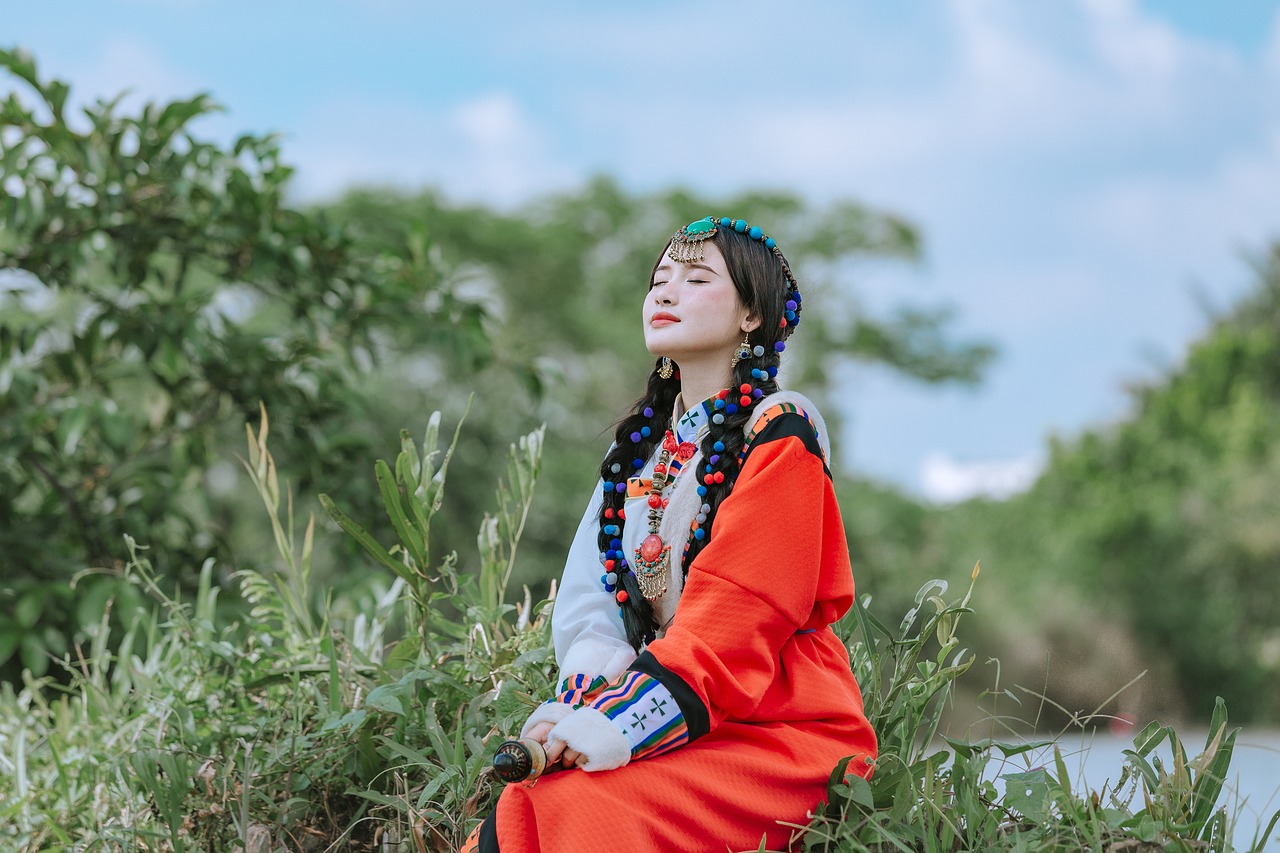The Enduring Allure of Traditional Clothing
The world of fashion is a multifaceted and ever-evolving sphere, influenced by a myriad of factors. Among the most significant of these is the enduring legacy of traditional clothing. For centuries, traditional attire has played a pivotal role in shaping cultural identities and influencing modern fashion trends. It is fascinating to note how elements of traditional clothing have seamlessly blended with contemporary styles, resulting in a unique fusion that not only honors heritage but also sets the stage for future fashion directions.
Understanding the Roots of Traditional Clothing
To fully grasp the influence of traditional clothing on modern fashion, it is essential to delve into its historical context. Traditional clothing is often a reflection of a community’s history, beliefs, and environmental conditions. Each piece, from the intricate patterns to the choice of fabric, tells a story of cultural significance. The rich tapestry of global traditional clothing is a testament to human diversity and creativity. As we explore the impact of traditional clothing, we are reminded of the seminal articles from esteemed publications that have meticulously chronicled the evolution of fashion, highlighting the interconnectedness of traditional and modern styles.
Evolution and Adaptation
The journey of traditional clothing into modern wardrobes is a story of evolution and adaptation. Designers, inspired by the archives of cultural heritage, reinterpret traditional motifs, silhouettes, and textiles in a contemporary context. This fusion not only keeps traditional clothing relevant but also enriches modern fashion with depth and meaning. The catwalks of leading fashion shows often showcase garments that blend the avant-garde with the traditional, demonstrating the enduring appeal of heritage designs in today’s fast-paced fashion world.
Traditional Clothing in Contemporary Fashion
The presence of traditional clothing in modern fashion is more pronounced than ever. Fashion weeks around the globe feature collections that proudly showcase reimagined traditional attire, appealing to a broad audience seeking unique, meaningful fashion statements. The digital age has further amplified the reach of traditional clothing, with social media platforms serving as vibrant showcases for cultural exchange and fashion innovation.
Key Elements and Trends
Several key elements of traditional clothing have influenced modern fashion trends. These include:
- Unique textiles and prints, such as batik, tie-dye, and embroidery, which add a layer of craftsmanship and exclusivity to garments.
- Traditional silhouettes and patterns, such as the African dashiki, the Indian sari, or the Japanese kimono, which are reimagined in modern materials and styles.
- Accessories, like handmade jewelry and intricately designed shoes, which can instantly elevate an outfit with a touch of cultural flair.
These elements not only contribute to the aesthetic diversity of modern fashion but also serve as a bridge between cultures, fostering global understanding and appreciation.
The Economic Impact
The influence of traditional clothing on modern fashion trends also has significant economic implications. The incorporation of traditional elements into high fashion and streetwear has opened new markets and revenue streams. Local artisans and designers are gaining international recognition, contributing to the economic development of their communities. This phenomenon is a testament to the power of fashion to drive cultural exchange and economic growth.
Challenges and Future Directions
As traditional clothing continues to inspire modern fashion, several challenges emerge, including issues of cultural appropriation, sustainability, and the preservation of traditional craftsmanship. It is essential for designers and consumers alike to approach traditional clothing with respect and sensitivity, ensuring that its incorporation into modern fashion is done ethically and sustainably.
Sustainability and Cultural Appreciation
The path forward involves a dual commitment to sustainability and cultural appreciation. This entails supporting local artisans, using environmentally friendly materials, and understanding the cultural context of the traditional clothing being reinterpreted. Fashion, in this sense, becomes not just about aesthetics but about making a positive impact on communities and the environment.
Question and Answers
Frequently, questions arise about thebest way to incorporate traditional clothing into a modern wardrobe, how to ensure cultural sensitivity, and what the future of traditional clothing in fashion might look like. The answers lie in education, dialogue, and a genuine appreciation for cultural heritage. By embracing these values, we can look forward to a future where traditional clothing continues to enrich modern fashion, promoting a more inclusive, vibrant, and meaningful fashion industry.
| Element of Traditional Clothing | Influence on Modern Fashion |
| Unique Textiles and Prints | Adds exclusivity and craftsmanship to garments |
| Traditional Silhouettes and Patterns | Contributes to aesthetic diversity and cultural exchange |
| Accessories | Elevates outfits with cultural flair and supports local artisans |
Conclusion
In conclusion, the influence of traditional clothing on modern fashion trends is profound and multifaceted. As we move forward, it is crucial to cherish the cultural heritage embodied in traditional attire while embracing innovation and sustainability. By doing so, we not only ensure the continuation of a vibrant fashion scene but also contribute to a more interconnected and respectful world. The story of traditional clothing in modern fashion is one of evolution, creativity, and the enduring power of cultural expression. As we reflect on the insights provided by the most respected voices in fashion journalism, we are reminded of the incredible journey that traditional clothing has undertaken to reach the forefront of modern style, and we look forward to the exciting developments that the future holds.

